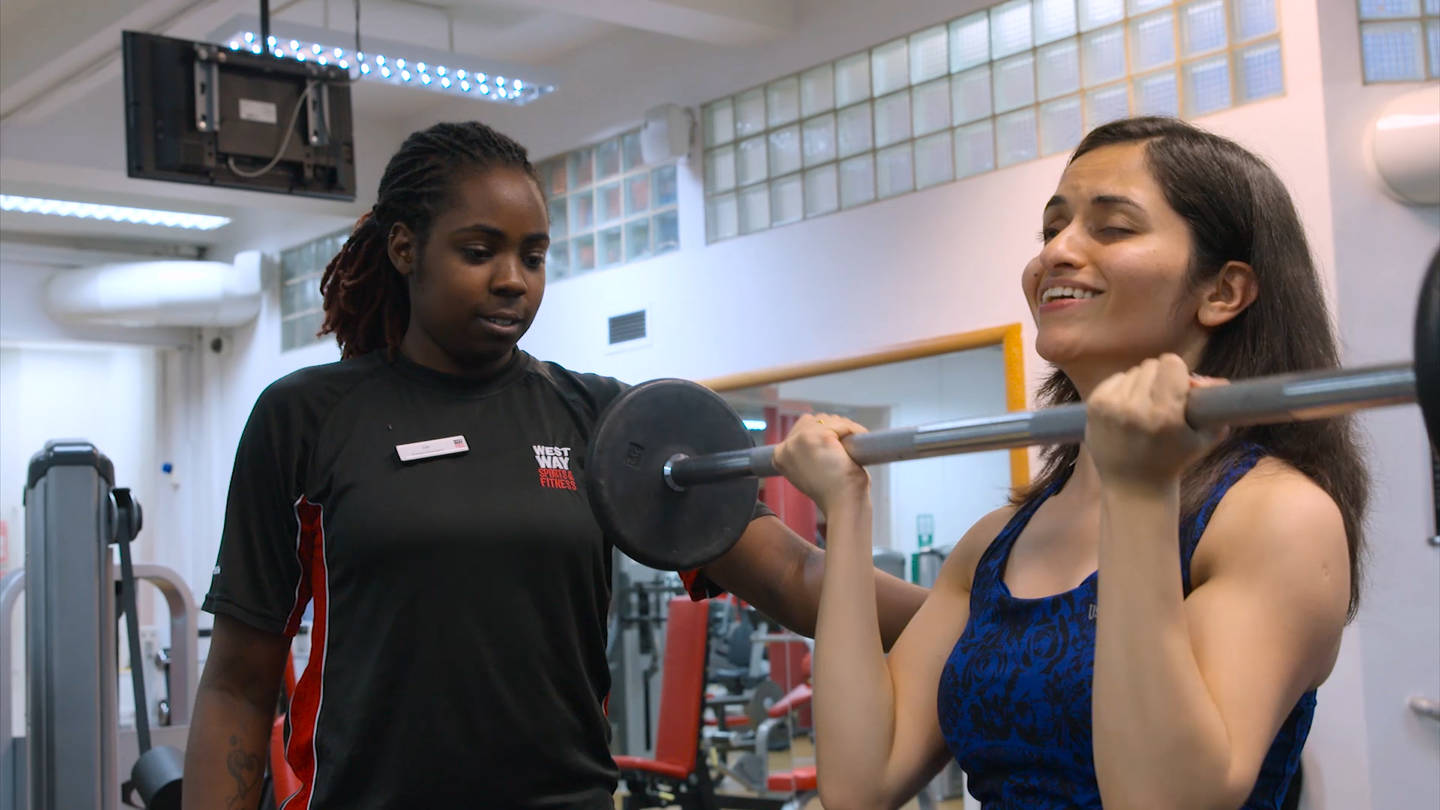National Fitness Day – 10 principles in leisure
Today is National Fitness Day (Wednesday 25 September). The theme this year highlights the role physical activity plays in helping us lead healthier and active lifestyles. To celebrate, Activity Alliance is highlighting how leisure facilities can implement our 10 principles effectively to deliver opportunities that are more appealing for disabled people.

In October 2014, Activity Alliance developed ten key principles following the release of our Talk to Me research report. In a nutshell, the ten principles support providers to make their sport or activities more appealing to disabled people. The principles are widely known across the sport sector, including positive reference in the Government’s 2015 strategy, Sporting Future.
1: My channels
Consider what communication channels to use. Utilising a mix of trusted communication channels, such as social media, local media outlets and radio stations can help you to reach a wider audience, including more disabled people. Make connections with local charities, disability forums, community drop-in centres, GP practices, libraries and supermarkets.
2: My locality
Transport and access can be a significant barrier for disabled people. Take your activities into the community. Delivering sessions in a park, village hall or local residential care home are all great options. Don’t forget to consider access to transport when putting on activities. Ask yourself; are there accessible parking bays, local taxi companies and accessible bus stops near your activity? Some local charities provide shared bus services.
3: Me, not my impairment
Do you know how inclusive your current marketing strategy is towards disabled people? Effective planning and delivery can help you reach more disabled people when promoting your facility and sessions. Use positive language and terminology when designing posters and other marketing materials. Positive and diverse imagery will reinforce your facility’s inclusion credentials.
4: My values
Disabled people are the least active group in society. But we know seven in ten people want to be more physically active. Motivate disabled people by tapping into their values and the things that matter most to them. Utilise the social areas in your facilities. Why not hold a coffee and chat session in the café before or after an activity. Providing gym buddies, group and family exercise classes can encourage disabled people to enjoy the social benefits of being active.
5: My life story
Keep your disabled clients interested over time with new ideas. Think about putting on parent and child activities, walking football/netball sessions or rekindle sporting memories with older clients. It’s not all about taking part in a traditional sense. Some disabled people may be interested in accessible opportunities around volunteering, coaching or becoming a gym buddy.
6: Reassure me
Are your activities welcoming and suitable for disabled people? Example videos and virtual tours are a great way of reassuring new customers about what to expect before they arrive. Provide clear and accessible information about your facilities on your website. Information on changing rooms, pool hoists, accessible toilets, what to wear, specialist equipment, carer and supporter offers, can be the deciding factor for disabled clients on whether they attend or not.
7: Include me
Some disabled people need to know they are good enough to take part. Have a go sessions and open days are great for people who want to be more active, but aren’t sure about where and how to start. Providing flexible and affordable memberships shows your commitment to ensuring that people of all abilities can enjoy your leisure facilities.
Don’t forget about your existing customers. Build confidence in them to try new activities, or support them in transitioning onto more advanced sessions. Keep them interested, motivated and included throughout their being active journey.
8: Listen to me
Be open to feedback from your disabled customers. Offering consultation events or having private inductions available can make a huge difference to an individual’s experience. Make time for questions and encourage instructors arrive early or stay behind after sessions.
It’s also important to think about how accessible your feedback process is. Can everyone access an online feedback form? Think through the accessibility of collecting feedback and act on it so that customers feel valued.
9: Welcome me
First impressions count. From our Being Active Guide, we know more than eight in ten disabled customers have taken their business elsewhere after experiencing poor customer care. Ensure reception staff deal with queries and membership questions swiftly and accessibly. Staff training on your facilities accessibility and features is extremely valuable in becoming an inclusive facility.
Activity Alliance’s online training can help your facility deliver excellent service for disabled customers.
10: Show me
Be advocates for your disabled clients! Do you have disabled staff members? Engage your disabled workforce in your activities to help promote it to others. Encourage disabled members to be in example videos and virtual tours about your facility. Also, consider the use of case studies and testimonials to highlight success stories too.
Find out more about making your facility and opportunities inclusive for disabled people:
- Assess how inclusive your facilities are through the Quest assessment.
- Our inclusive communication resources can guide you to embed a more effective marketing and communications strategy.